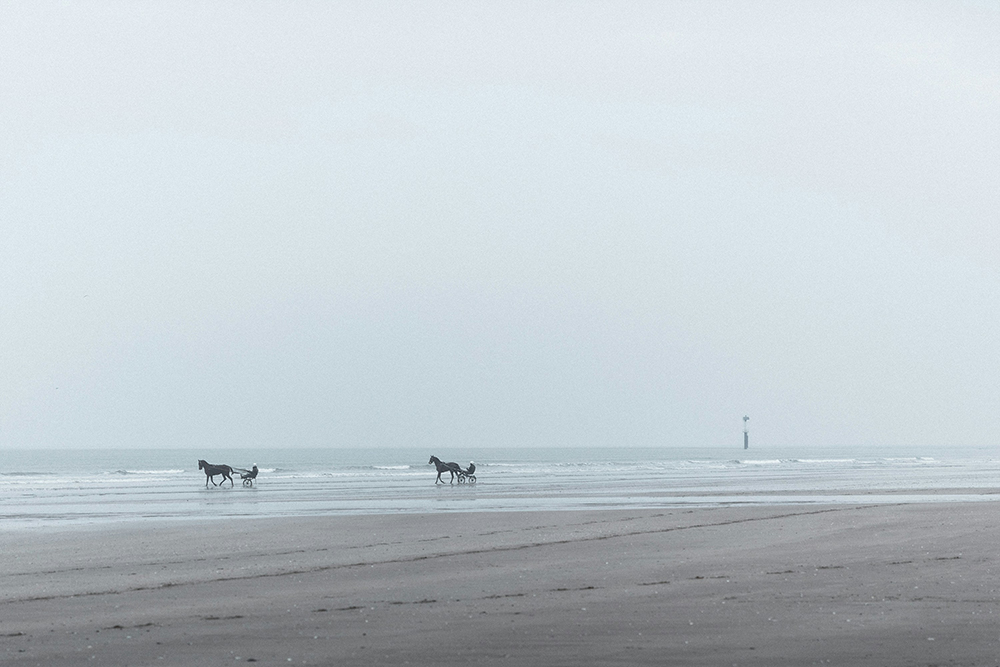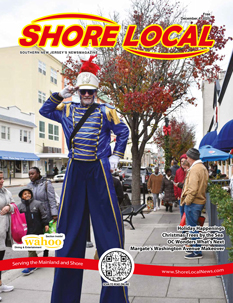The same weather pattern has been repeating itself since beach season began on Memorial Day weekend — heat and sunshine mid-week, followed by cool, sometimes wet weekends — and it’s not a good one for our shore economy.
If you really want to get technical about it, the last time there was no measurable rain at any Jersey Shore location was May 10-11, according to data from the National Oceanic and Atmospheric Administration, and the Community Collaborative Rain, Hail & Snow Network (CoCoRaHS).
That being said, the weekend of May 17-18 only had less than a 10th of an inch of rain. Furthermore, we needed that May and early June rain because it helped crush our worst drought since 2002. Without it, the state drinking water supply would have been in serious trouble as water usage peaks about now.
Still, why does it have to happen on the weekends? In the eight years I’ve graded the Shore Summer Weekend Weather Report Card, 2025 has had the worst start to the summer season (through June 19).
The reason for these gloomy, cooler weekends is part bad weather luck, and part science.
The science
The summer weather we think of – sunny, humid, hot inland, but cooler by the water – doesn’t really settle in until about the middle of June, which is now.
Obviously, Father’s Day weekend didn’t feel like summer weather was near. Highs struggled to reach 70 degrees, and clouds and showers were around. However, long-term weather science, what we call climatology, proves that summer weather is coming soon.
Up until this point, our weather is dominated by what’s called the Maritime Tropical Air Mass, which brings hot and humid weather pushing into the Continental Polar Air Mass – a dry, cold air mass that sits over us during the winter. The result is rain, thunderstorms and wind as New Jersey sits in the middle of these clashing weather forces. Eventually, the Maritime Tropical Air Mass wins out, but that doesn’t happen until about now, in mid-June.
That explains the potential for highs in the 60s and 70s as well as rain makers. However, it doesn’t explain why this happens on weekends. For that we look to the jet stream.
The jet stream is the river of air between 25,000 and 40,000 feet above sea level. To the north is a cooler air mass, in our case the Continental Polar Air Mass, and to the south is a warmer air mass called the Maritime Tropical Air Mass.
The jet stream is a key driver of weather patterns. Think of it as a train track for low-pressure systems. When it’s over the Mid-Atlantic you can expect wetter, or at least cloudy weather. The jet stream does not move due west to east in a straight line. There are kinks in the jet stream called Rossby Waves.
Caused by the rotation of the Earth, Rossby Waves can create troughs of lower pressure (equatorward dips) or ridges (polarward bulges) of high pressure. There are usually about five of these Rossby Waves over the Northern Hemisphere at any given time.
The speed and size of the kinks vary, but they take anywhere from five to eight days to pass through. Seven days (one week) is right in the middle of that.
The bad luck
These low-pressure Rossby Wave troughs have been moving through New Jersey on weekends since mid-May. There’s no scientific reason for it — it’s just how things have played out. To break the bad luck you need a large pattern shift. That will come soon as the Maritime Tropical Air Mass settles into New Jersey. Until it does though, expect more of the same.
Looking ahead
There will be a pattern shift soon making our first inland heat wave of 2025 very likely. Expect sizzling temperatures starting around June 22 and lasting until about the end of the month, which would mean reaching at least 90 degrees on three or more days in a row, with overnight lows in the upper 60s and 70s, too.
As for rain, we’re moving into the time of year when large-scale storm systems don’t impact New Jersey much.
Summer weather really settles in for the next three months now.
So we’re entering the season for pop-up showers and thunderstorms which can ruin a boat or beach day, but only briefly. I expect less gloomy weather in the weeks to come.
Joe Martucci, a Certified Broadcast Meteorologist and Digital Meteorologist, is the President and Director of Meteorology for Cup A Joe Weather and Drone. You can connect with him at cupajoe.live.
















